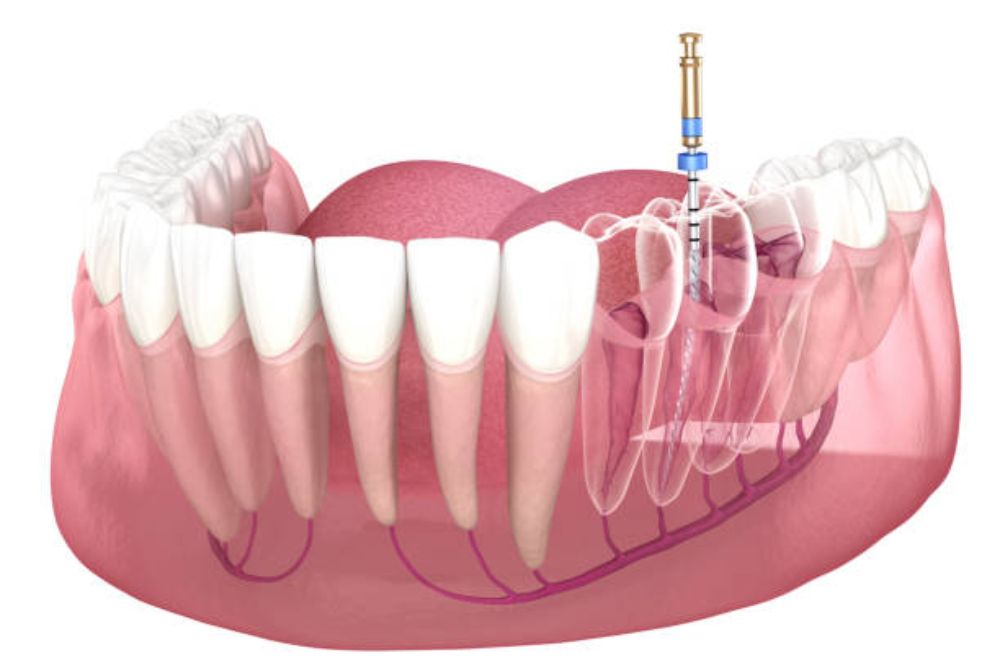Did you just have a root canal that made you confused about whether your recovery is normal? A root canal therapy in Pitt Meadows is only meant to treat an infected tooth and, thus, to bring the tooth’s health back to normal. Basically, the outcome of such operations is positive.
However, bacteria can still leak into the inside of the tooth if it is not properly sealed, and this can lead to the development of infections in the tooth. It is necessary always to be on the lookout for infection signs. The first signs of infection diagnosis are a guarantee of good health and will preserve your smile.
What are the Common Symptoms to Watch For?
It is quite common for individuals to feel slight pain or sensitivity after the root canal procedure. But if certain symptoms continue, they might point to an infection, such as:
- Persistent or increased pain in the area of the treated tooth
- Gum or facial swelling near the tooth
- Unusual warmth or itching in the area around
- Formation of an abscess or leakage from the tooth area
- Fever or general feeling of unwellness
In case these signs are present, a prompt visit to a dentist in Pitt Meadows for a proper diagnosis to stop the condition from progressing is advisable.
Why Do Post-Treatment Infections Happen?
Despite undergoing professional root canal treatment, the infection can be re-established due to multiple reasons, such as:
- Not completely removing the infected pulp
- The presence of cracks or fractures in the tooth that permit bacteria to access
- Wrong sealing or a delayed permanent restoration
- A compromised immune system or certain health conditions
Knowing these causes can assist patients in adopting preventive measures and making sure they receive follow-up care on time.
How Do Dentists Identify Infections?
A dentist near you can identify an infection after a root canal by using both clinical and diagnostic methods:
- To identify if the infection is still at the root end using X-ray images
- Inspection of the gums and the tissues around
- Checking the areas for pain, swelling, or sensitivity
- Looking at the area to see if there is an abscess or if there is any unusual discharge
The first examination is very important in determining the needed treatment, whether it be surgery, antibiotics, or other procedures.
What are the Tips to Support Healing and Prevent Infection
Root canal treatment follow-up is essential to lower the chances of infection passing.
- Practice good dental hygiene, brushing and flossing gently around the treated tooth
- Do not eat hard foods on the treated side for a while until the recovery is complete
- Use warm salt water to rinse, which helps in soothing the area and also in reducing swelling
- Use the antibiotics and pain medicines that are prescribed to you in the manner that is indicated
- Arrange dentist visits for professional checking
Following these instructions will guarantee that your root canal therapy will be the right one and your tooth will stay healthy for a long time.
When to Seek Professional Help
If you undergo severe and growing pain, swelling, or any other abnormal symptoms, then you should not hesitate to seek the help of a dental professional. Not only can a dentist performing root canal therapy near you stop the infection from spreading, but also prolong the life of the natural tooth, as well as make the tooth function normally again. It is always a good idea to have your treatment early rather than waiting and thus, ending up having more complicated procedures.
Act Now for Long-Lasting Dental Wellness!
One of the main ways to recover successfully after a root canal is definitely recognizing the symptoms of an infection and taking appropriate action without delay. You can be sure that your tooth will recover as expected and even prevent the occurrence of issues by scheduling your visit with Marigold Dental immediately. The professionals will take care of you and help you through the treatment process.

